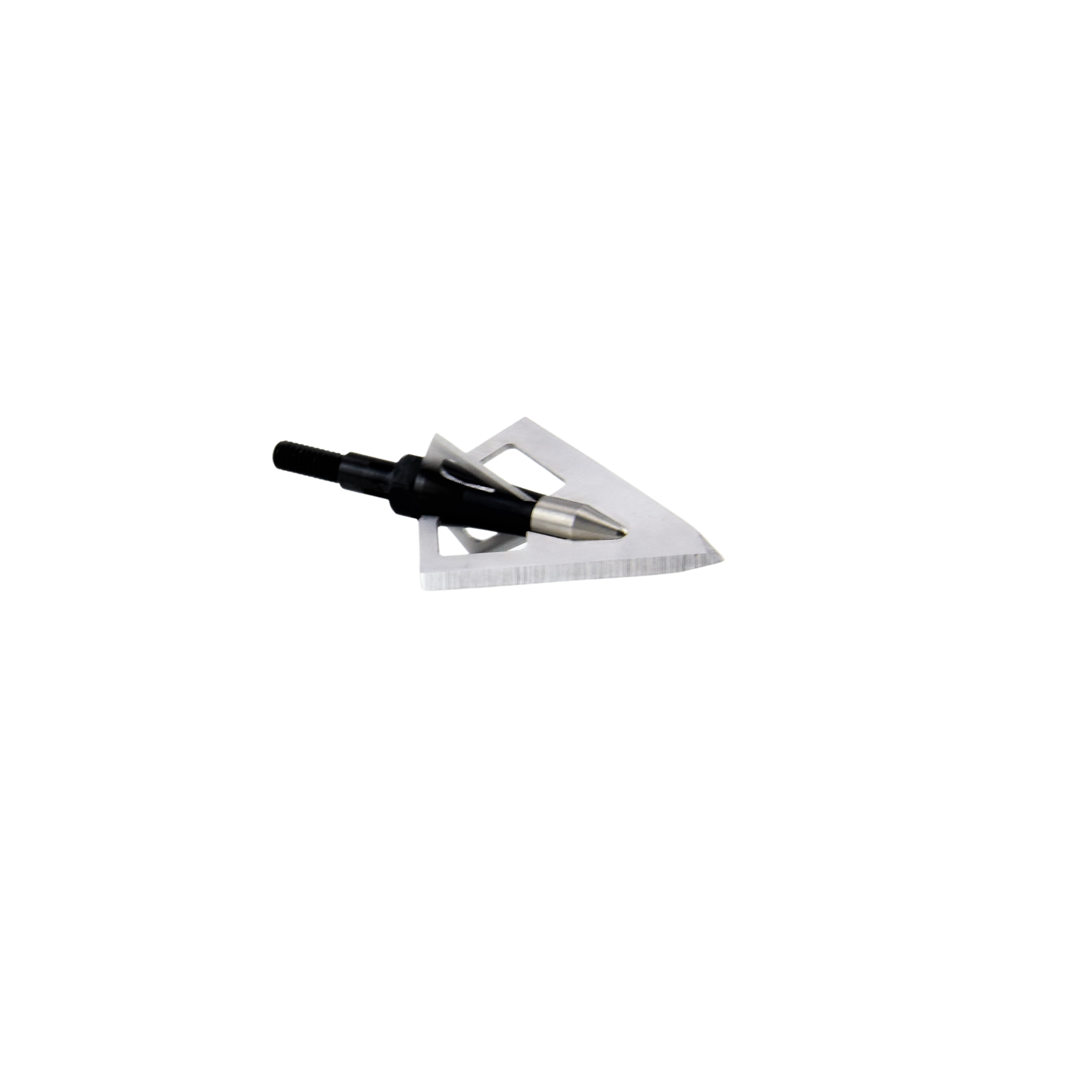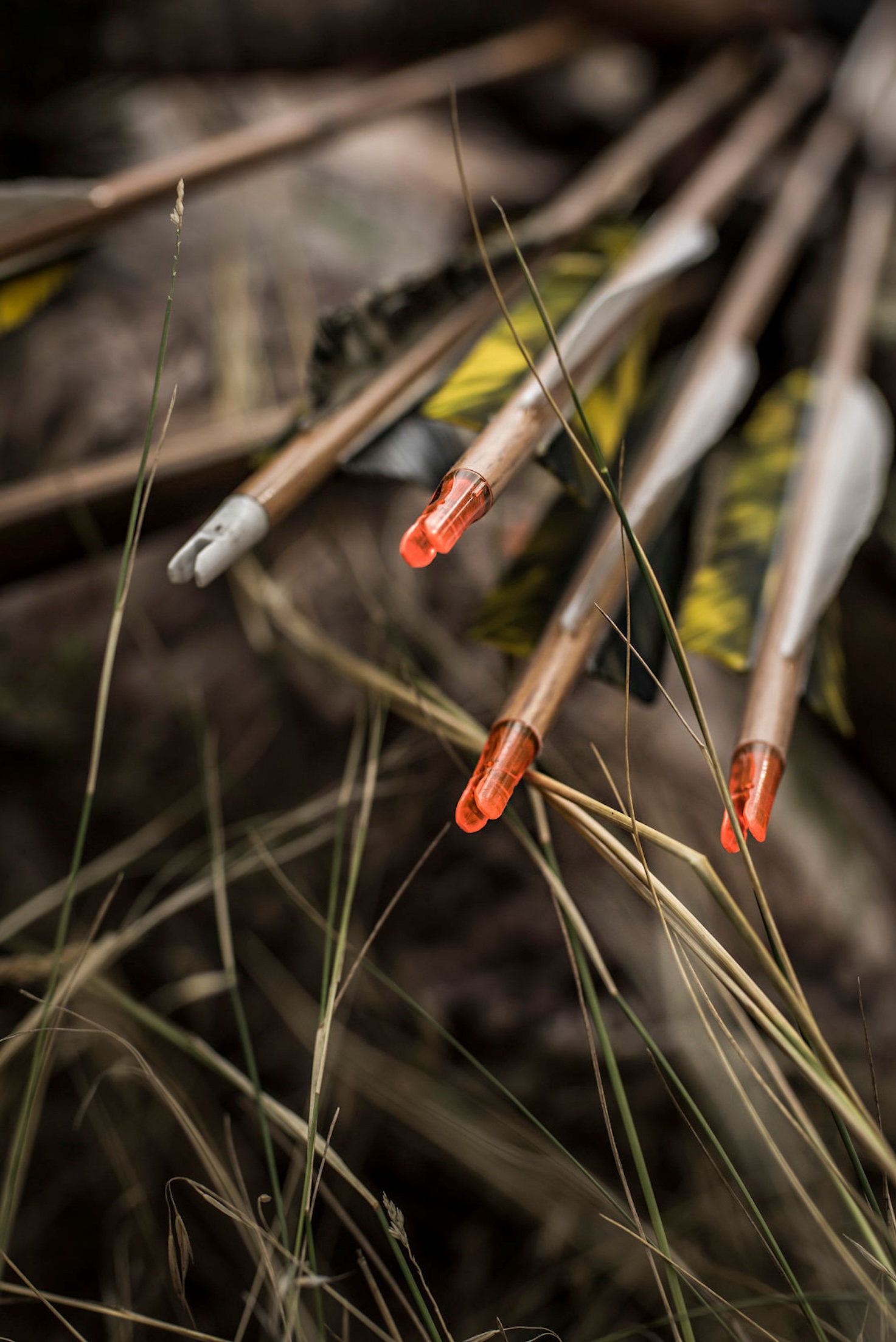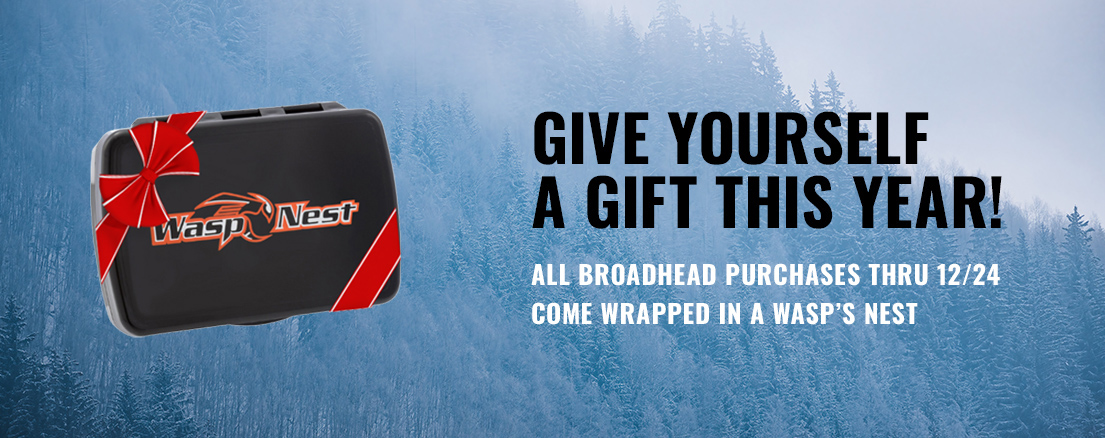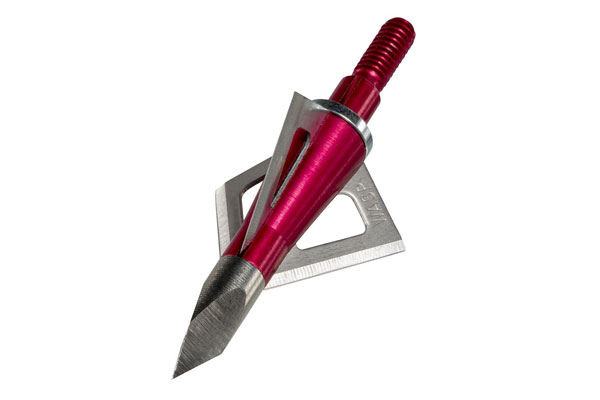How to Select the Best Traditional Broadhead
Top hunting considerations for recurve and longbow shooters
How effective is modern bowhunting equipment? Most of today’s compound bows set to average specifications (about 65 pounds of draw weight and 28 inches of draw length) shoot finished hunting arrows weighing 400-450 grains at around 300 feet per second. High-performance crossbows can shoot bolts of the same weight at 450 to 500 fps!
But take a step back in time to consider the performance of a recurve or longbow. Average hunting specifications there look more like a 50-pound bow drawn to 28 inches. Shooting a 600-grain arrow, such a setup might break 150 feet per second. The trajectory of that slow, heavy arrow definitely puts the “arch” in archery. Yet, hunters have been killing big-game animals for millennia with recurves and longbows, and a dedicated few modern hunters still choose traditional equipment over compounds and crossbows. Is it challenging? Sure. But for these bowhunters, the challenge is the allure.
South Carolina bowhunter CJ Davis, who is president of Montana Decoy, has been a dedicated “trad bow” hunter for decades, and a successful one at that. Not only does he usually punch his home-state whitetail tags with a recurve, Davis has successfully hunted turkeys, pronghorn antelope, elk, and a variety of other critters with a stick bow. “I’ve always had a fascination with them. I enjoy the simplicity. I like to carry as little gear as possible to the woods, but still have everything I need,” he says.
SHOOTING SHARP
Davis’s go-to hunting setup is a Bear Kodiak take-down recurve. Like most traditional shooters, he shoots an extremely lightweight bow, at least compared to a compound. At his draw length, he’s only pulling about 45 pounds. Yet, with the right arrow and broadhead, his setup is lethal on big game. Some traditional hunters go all-out with wooden arrows and glue-on broadheads, but Davis prefers to take advantage of a few modern conveniences. He shoots Easton legacy 500-spine arrows and screw-on broadheads, and his current favorite head is the Wasp Sharpshooter 200. But he’s had great success with the 150-grain Sharpshooter as well.
“I shot a lot of stuff with that broadhead, from rabbits to elk,” Davis says. The Sharpshooter 150 is a double-bevel, cut-on-contact 4-blade broadhead with a steel ferrule. It has a unique blade-locking system, and the blades themselves are easy to resharpen or replace. The newer Sharpshooter 200 satisfied the demands of many traditional bowhunters who were asking for a heavier broadhead to create a higher Front of Center, along with right-hand, single-bevel primary blades, which work in conjunction with right-hand helical fletching. It is designed for the arrow to spin as it passes through the target, creating larger wound channels on big game.
Like the Sharpshooter 150, the Sharpshooter 200 has the double-bevel bleeder blade as well. “You get 50 more grains of weight, a wider cut, and a longer broadhead with the 200,” Davis says. Even at recurve specifications, Davis says the penetration on whitetails is impressive. His “zone” on deer is about 15 yards with a recurve, and at that distance, he usually gets a pass-through. “You don’t expect it to blow through and bury in the ground on the other side like a crossbow, but arrows passing through and hanging by the feathers on the offside is common,” he says. “I get great blood trails.”

The Wasp Sharpshooter 200 single-bevel broadhead.
The Sharpshooter series is very user friendly. “You can screw them right onto a carbon arrow,” Davis says. “If you’re just getting started in traditional archery, it makes for an easy transition from a compound.” For that matter, the Sharpshooter series works beautifully out of compound bows and crossbows as well, especially those shooting lower-poundage compounds, or those looking for maximum penetration on larger game. The original 100-grain Sharpshooter has the same cut-on-contact advantages of the 150, but with a lighter aluminum ferrule.
“To become a traditional bowhunter, you almost have to be a glutton for punishment,” Davis says with a laugh. “But that’s the beauty of it. I’ve bowhunted my whole life, and at this point, I’m comfortable with letting some deer walk that I could’ve taken with a compound. I’m looking to make bowhunting more challenging.”
— Story by Wasp Archery Staff; traditional arrow image by John Hafner
View All Posts

